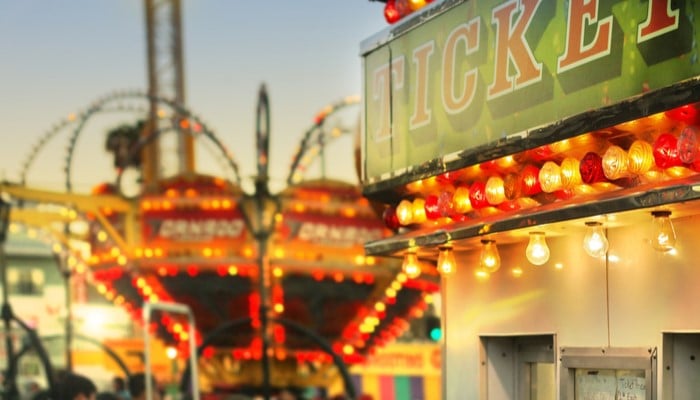Carnivals and amusement parks have no shortage of accidents and disasters. When they happen, carnival goers usually end up with injuries and traumas — or dead.
The obvious question when something like this happens is: Why?
More often than not, it’s due to lax safety standards, particularly a failure to inspect. It’s safe to say that with better inspection and stricter safety practices, some tragic accidents could have been prevented.
What happens when inspection fails?
North Carolina State Fair Vortex Accident
In 2013, the pendulum ride called The Vortex, at the North Carolina State Fair, suddenly restarted as passengers were trying to exit. Five people ended up with injuries as they were thrown off the ride that flipped them upside down. One rider suffered brain and spinal cord injuries and was left blind in one eye.
The investigation found that the ride operator, Timothy Tutterow, bypassed Vortex’s safety system, with the help of his boss, Joshua Macaroni. Only a later inspection revealed that the ride was tampered with. Macaroni accepted an Alfred Plea to the charge that he manipulated the machine in order for it to pass inspection before the fair began (not admitting guilt but agreeing there was enough evidence to find him guilty).
Ohio State Fair Fire Ball Accident
At the Ohio State Fair, one of the seats on the Fire Ball ride flew off, which caused some of the riders to be ejected. On a spinning pendulum ride like the Fire Ball, it’s no surprise that this had horrible consequences. Seven people were injured, and one was killed.
A later inspection determined that the gondola support beam corroded on the inside, causing the accident. In Ohio, the inspections of these rides are done by state inspectors, so even though they were up to date, apparently the standards in this case were lax. Without national safety standards for the amusement park/carnival industry, every state regulates inspections on its own, which can be disastrous.
Can We Make Amusement Park and Carnival Rides Safer?
These two cases are not freak accidents that happen rarely. In 2016 alone, 30,900 injuries were caused by amusement park attractions, estimates the U.S. Consumer Product Safety Commission.
In most cases, the problem doesn’t lie in the design of the rides. In order to keep them safer, we need to regulate them better. That means stricter inspections that would identify the issues before they cause injuries and deaths.











